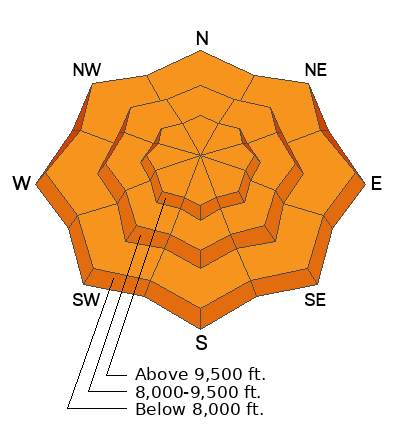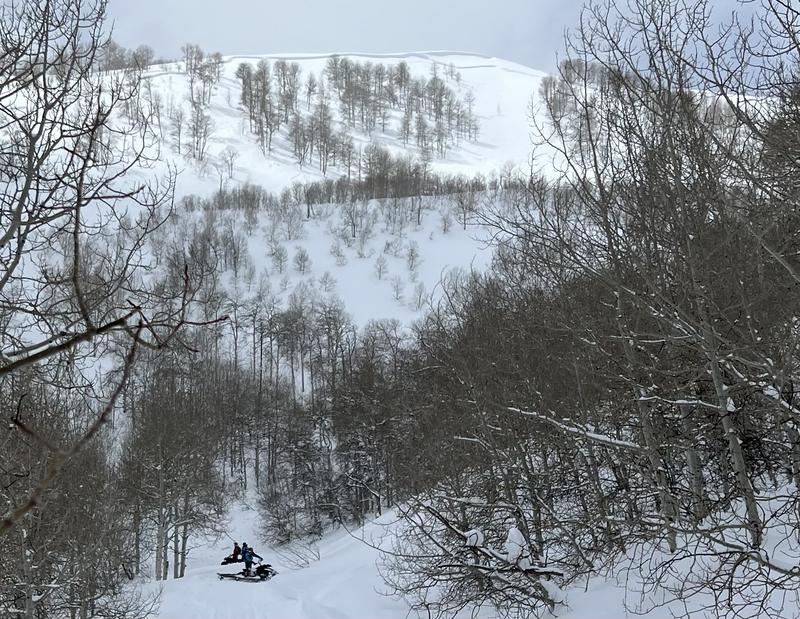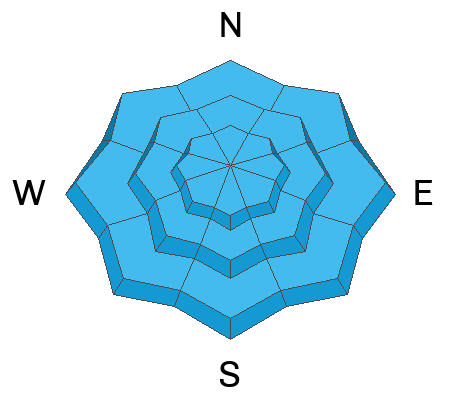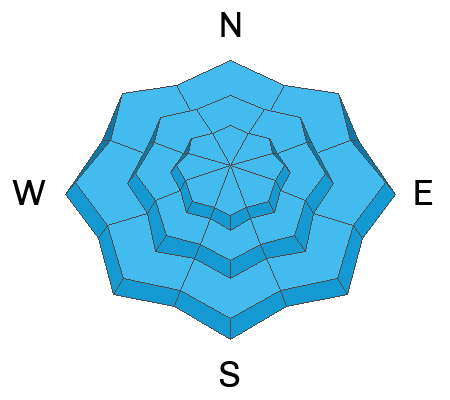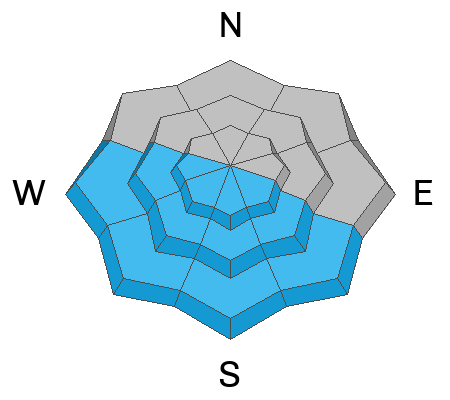Thank you to everyone who donated to our Spring Campaign. We appreciate your support and look forward to creating new tools to help you stay safe in the backcountry.
Under mostly cloudy skies, the mountain temperatures are frigid, with many stations hovering around 0°F. Wind chills range from -10 to -25°F. Winds are blowing from the west and have finally relaxed, blowing 10-15 mph across the upper elevations. Some anemometers are hardly moving. In the past 24 hrs, we've picked up the last few inches of snowfall (0.12 water) from a record-breaking week, with snow totals since Monday pushing 2-5 feet of snow (2.76-5.85 inches of water).
Today we will see another small shortwave trough move overhead that will lead to increasing clouds and convective snow showers this morning and afternoon, and we may see an additional 2-4 inches of new snow throughout the day. Depending on your location, it's possible that you will see sunshine coming through the broken clouds. However, temperatures will remain cold, with daytime highs ranging from 13-17 °F. Winds will oscillate generally from the west direction, blowing at speeds of 10-20 mph across the upper elevations.
Avalanche activity and reports of natural avalanches continue to pour into the observation queue, and I recommend spending a few minutes
reading all the observations. The few that caught my attention were
Ant Knolls and an avalanche reported from Neffs Canyon (reported via email).
The Ant Knoll's avalanche was remotely triggered 2 feet deep and 700 feet wide (pic below). The other avalanche in Neffs Canyon was on an NW facing slope at 9,400' and was triggered while the group transitioned to downhill mode and was 2-3 feet deep, unknown width, and ran 1,000 feet downhill. Other reports of collapsing, cracking, and extended column tests propagating across the column have me taking a few steps back for now.

